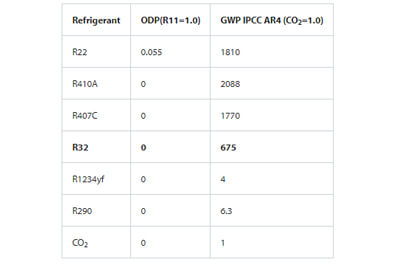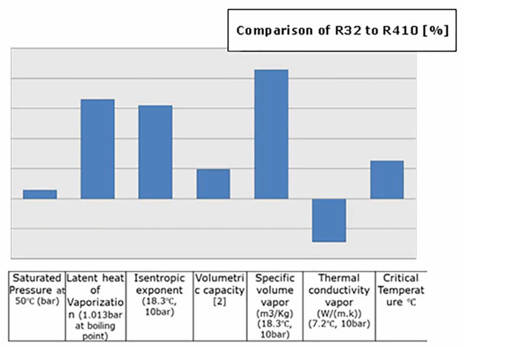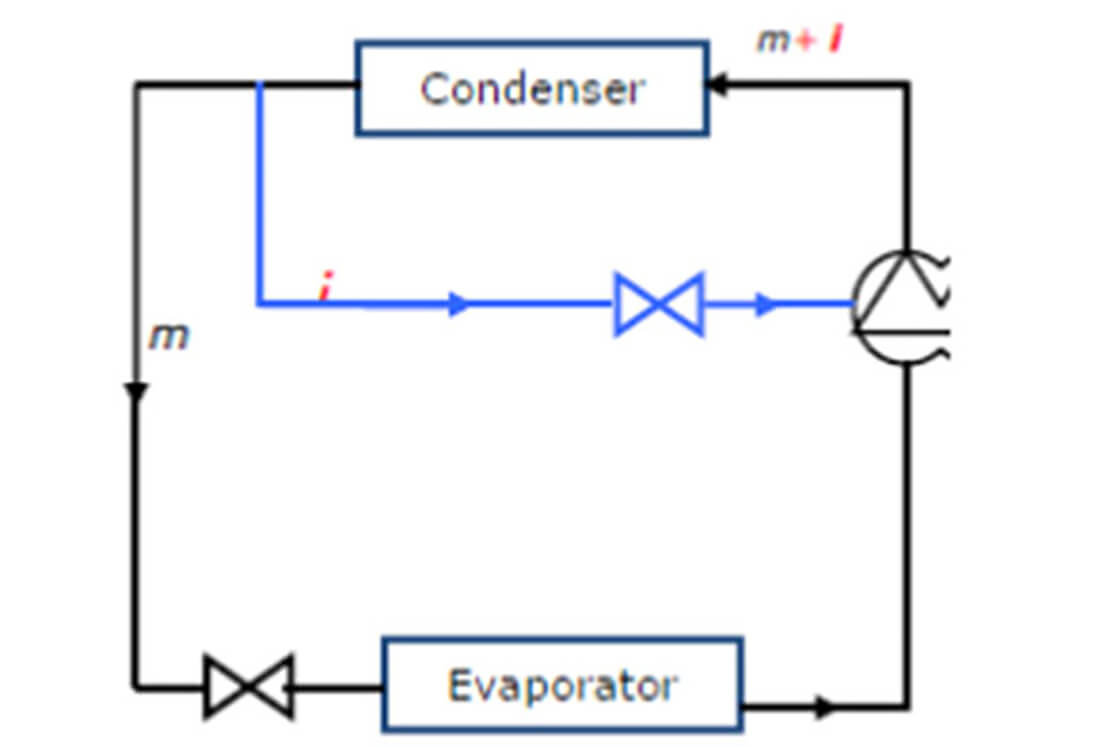The refrigeration and air conditioning industry has made tremendous progress over the past two decades in reducing the use of ozone depleting refrigerants. The original targets of the Montreal Protocol, established in 1987 to reduce emissions of ozone depleting substances, are being met and exceeded. Another consequence of these initiatives is that during the 1990s and the early part of the present century, there was considerable uncertainty regarding future refrigerant options. Now a new path has started to appear, defined by the global agenda on climate change and global warming.
Our handling of the environment must be changed. Governments around the world are therefore introducing regulations in an effort to limit the negative environmental impacts.
Seen from a global perspective, the tendency is that the industry is moving more and more toward natural refrigerants where this is technologically feasible. Synthetic refrigerants are still likely to play a large role in the refrigeration and air conditioning industry, but this will be in systems with the smallest possible charge of refrigerant and with new low GWP substances.
Refrigerant manufacturers are responding with the development of new products, and equipment manufacturer´s are designing more efficient technologies and systems that minimize refrigerant charge. They are also testing, selecting and qualifying new refrigerants.
Danfoss encourages the further development and use of low-GWP refrigerants to help slow – and ultimately reverse – the process of global warming while helping to ensure continued global well being and economic development along with the future viability of our industry. We will enable our customers to achieve these refrigerant goals while continuing to enhance the energy efficiency of refrigeration and air conditioning equipment.
The list of suitable substances is very short, but growing

GWP & ODP of different refrigerants
A new class of mildly flammable refrigerant called A2L is one of the topics in this discussion. Customers are specifically testing the refrigerants R32, R1234yf, and R1234ze, as they provide low Global Warming Potential (GWP), zero Ozone Depleting Potential (ODP), and a relatively low flammability.
Previously performed tests with R32 were satisfactory and it seems possible that this substance could prevail. The HVAC industry in China is focusing on this refrigerant. In Table 1, the ODP and GWP impact data are shown. R32’s GWP level is moderate, but compared with R410A, R32 is only one third of its GWP.
Flammability and toxicity are the two evaluation indexes of safety. In general the lower the flammability of a refrigerant is, the larger its GWP. R32 is classified as 2, meaning it is a mildly flammable refrigerant, while R290 has a higher flammability and is classified as 3.
The toxicity class of R32 is equal to current refrigerant like R410A and R22 and is classified as level “A” – lower toxicity.
Thermodynamic property has a big impact on system and compressor performance. The figure 1 is a short summary of the comparison between R32 and R410A

Refrigerant thermodynamic properties
Saturated pressure: R32 has a similar pressure as R410A. This can ease the development on an R32 system based on an R410A platform.
• Critical temperature: R32 has a higher critical temperature which yields a higher COP.
• Latent heat of vaporization: The heat needed to evaporate R32 is greater than that of R410A so that the required mass flow rate per unit cooling capacity is smaller and the COP is higher.
• Isentropic exponent: This can impact the pressure ratio of the system and also the discharge temperature. So R32’s pressure ratio is a little higher than R410A.
• Volumetric cooling capacity: R32 has got a significantly higher volumetric cooling capacity than R410A, which can help to reduce the system pipe size and increase the efficiency.
• Density: R32’s density is much smaller than R410A, so the amount of charge is smaller, and since the GWP is measured per kg, the total climate impact from the refrigerant in the system is even smaller than suggested by the GWP.
From the above mentioned, R410A, R32 has a better system efficiency, and it needs a smaller refrigerant charge. The significant problem is that R32 has a high discharge temperature. Its direct consequence is the oil degradation which can cause various compressor failures like bearing seizure, low system and compressor efficiency. So the discharge temperature should be limited at an acceptable level to make sure that system and compressor could work normally. Usually is to control discharge temperature by refrigerant. Liquid injection could be a good solution for high discharge temperature directly. As shown in Figure 2 a portion of the condensed fluid is injected into scroll through an electronic injection valve, which will absorb the heat of intermediate compressed gas to vaporize. Thus the discharge temperature can be lower down effectively. And the injected mass flow rate can be easily modulated by injection valve.

Liquid injection system diagram
Putting together the afore-mentioned reasons, R32 could be an environment friendly refrigerant for using in AC systems and Heat Pumps.
Danfoss proactively develops product for low-GWP refrigerants, like R32.
Danfoss offers a new range of R32 Scroll compressors on Chillventa 2012. The compressors are tested by customers in China and will be ready now also for tests in Europe.
Our MCHE and MPHE heat exchangers are designed to require a minimal refrigerant charge, which makes them ideal in use with R32. Customers are currently testing our products in their own applications.
Danfoss tested with success line components and developed thermostatic expansion devices. Furthermore controllers and electronic expansion devices are available for test by customers.
For further information about tests and to order compressors, please contact your local Danfoss sales company.
